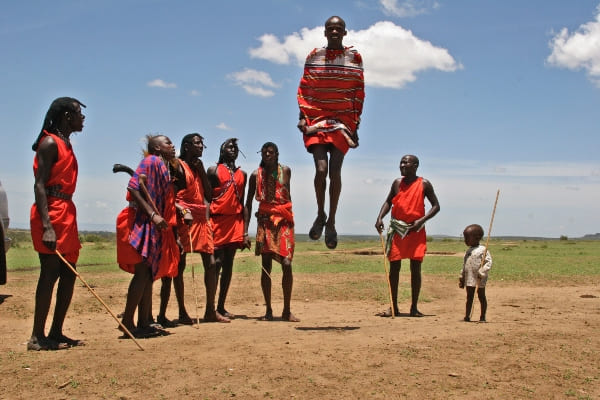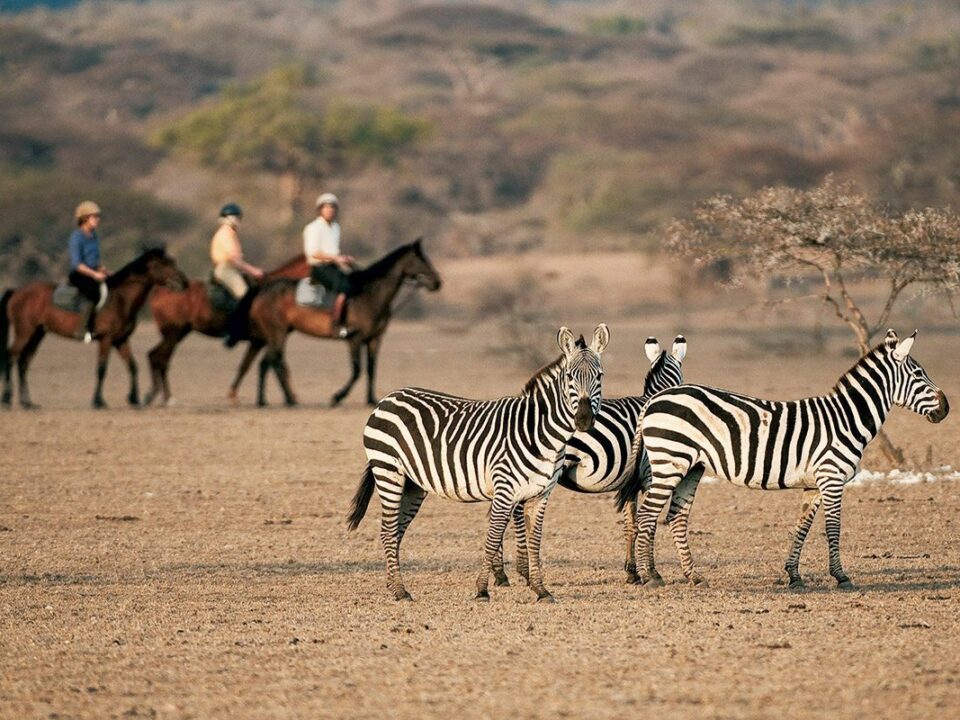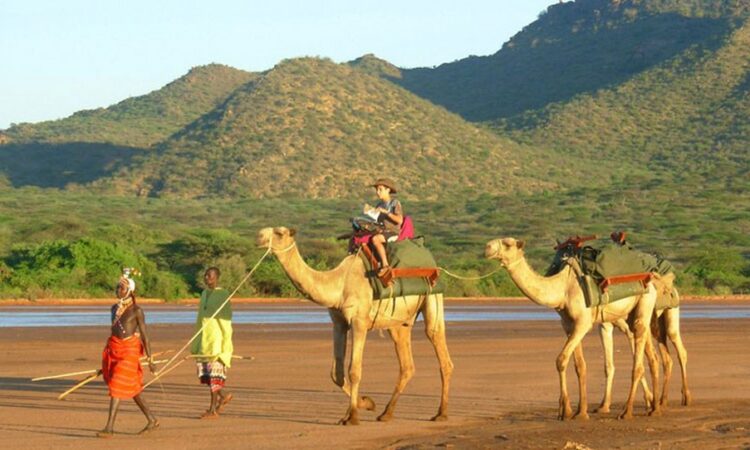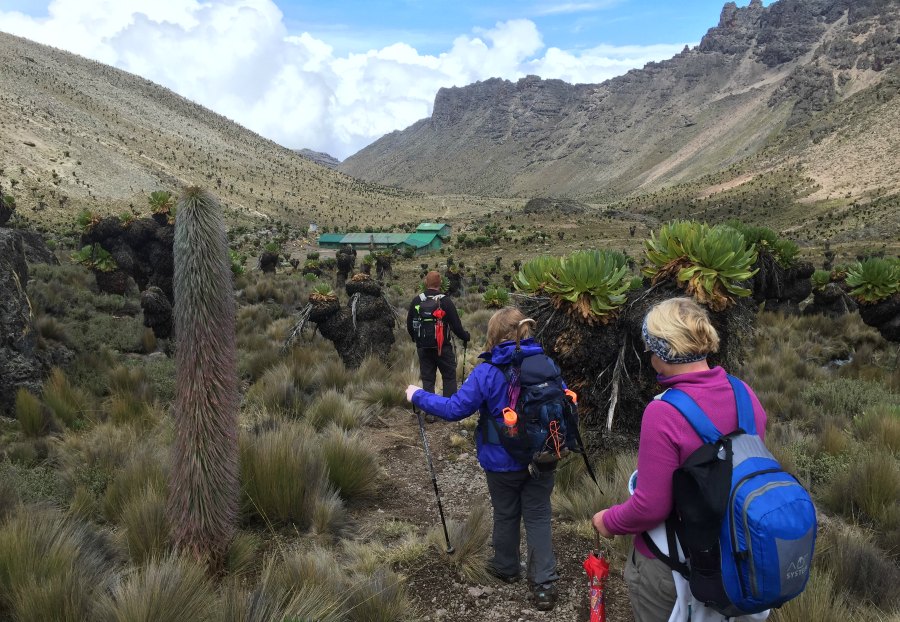- GET IN TOUCH WITH US:
- +256 753518160
- +256 777842166
- info@experiyatourcompany.com

Can I attend local church services in Kenya?
November 19, 2025
Can I visit Samburu tribes in Northern Kenya?
November 19, 2025What’s the Role of Maasai Culture in Safaris?
The Maasai people are one of the most recognized Indigenous communities in East Africa, celebrated for their courage, pastoral heritage, vibrant traditions, and deeply rooted connection to the land. While many travelers associate Kenya’s safari experience with wildlife and scenic landscapes, the cultural presence of the Maasai adds a unique, human dimension that enriches the entire journey. In fact, Maasai culture plays a central role in shaping the identity of safaris across Kenya and northern Tanzania.
So, What’s the role of Maasai culture in safaris? The answer stretches across history, conservation, tourism, community empowerment, guiding, storytelling, spirituality, and landscape stewardship. Understanding the Maasai’s relationship with wildlife and the wilderness helps travelers appreciate that safaris are not just about animals—they are also about the people who have protected and coexisted with these ecosystems for centuries.
A Deep Historical Connection to the Land
The Maasai have lived for hundreds of years in the regions surrounding Kenya’s most famous wildlife areas—including the Maasai Mara, Amboseli, Tsavo, Serengeti, and Ngorongoro. Their semi-nomadic pastoralist lifestyle revolved around cattle herding, movement across seasonal grazing lands, and an intimate understanding of wildlife behavior.
Unlike other pastoral cultures elsewhere in the world, the Maasai traditionally avoided hunting wild animals for food. Their diet consisted mainly of milk, meat, and blood from cattle. This historical practice allowed wildlife to thrive alongside human communities without significant conflict.
Today, this coexistence remains a defining characteristic of the Maasai’s role in conservation areas. Many of the landscapes you explore on safari—those wide-open plains dotted with acacia trees—are shaped by generations of Maasai stewardship.
Guardians of Wildlife and Conservation Advocates
One of the most important modern roles the Maasai play in safaris is conservation. Their lands surround or border many national parks and reserves, making them essential partners in wildlife protection.
Conservancies such as Olare Motorogi, Naboisho, Siana, Ol Kinyei, and Mara North in the Maasai Mara ecosystem operate through land leased from Maasai landowners. These conservancies create safe habitats for wildlife while providing steady income to Maasai families.
Their participation helps reduce grazing pressure, prevents poaching, and improves habitat health. The result is spectacular wildlife viewing for safari travelers and sustainable livelihoods for local communities.
Cultural Experiences That Enrich the Safari
Seeing lions, elephants, leopards, and cheetahs is unforgettable—but meeting the Maasai adds depth and human meaning to the safari experience. Many lodges and tour operators partner with Maasai communities to offer cultural visits that feel genuine and respectful.
These experiences may include:
• visiting a traditional Maasai village (manyatta)
• learning about Maasai beadwork and handmade crafts
• listening to traditional songs and dances
• hearing stories from elders about culture and history
• discussing modern challenges such as land rights, education, and conservation
• participating in traditional jumping dances (adumu), a symbol of youthful strength and joy
These moments allow travelers to understand the people behind the landscapes—people whose traditions have shaped Kenya’s safari identity for generations.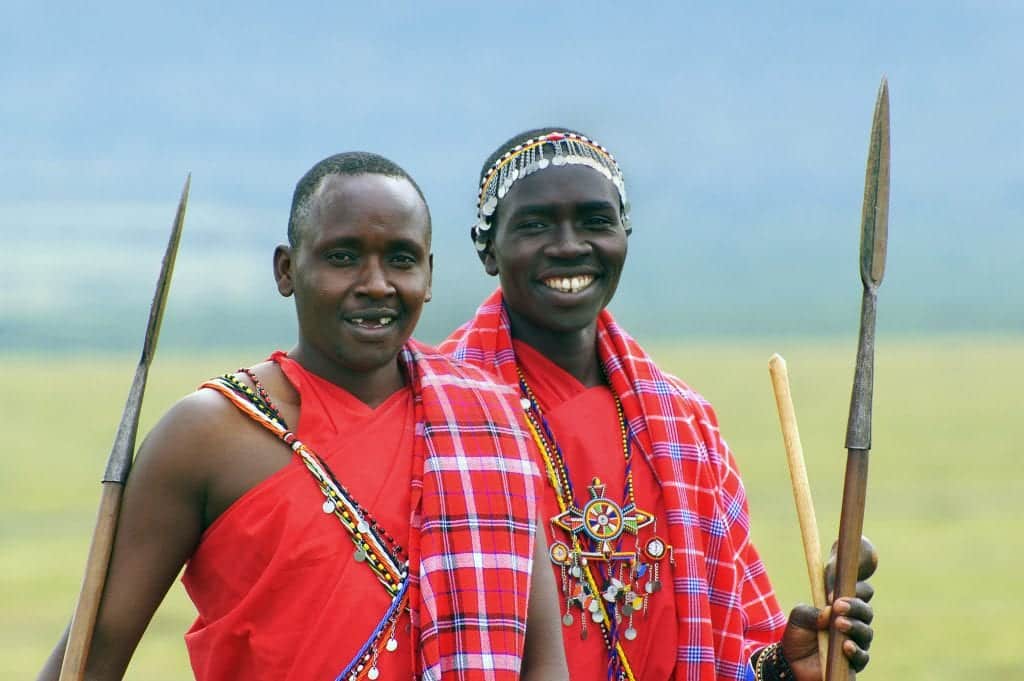
Maasai as Safari Guides and Wildlife Experts
One of the most visible roles the Maasai play in modern safaris is guiding. Many of the best guides and trackers in Kenya come from Maasai communities. Their deep knowledge of animal behavior, tracking, weather patterns, birdlife, and landscape navigation is extraordinary.
Growing up in wilderness areas gives Maasai guides practical experience long before they receive professional training. Their ability to spot distant wildlife, interpret tracks, or predict an animal’s movement enhances every safari drive and walking safari.
Travelers often comment that Maasai guides offer storytelling, humor, wisdom, and perspective that elevate the safari experience far beyond wildlife viewing.
The Maasai Influence on Safari Aesthetics
The cultural imagery of the Maasai—bright shukas, beaded jewelry, spears, and ochre-dyed hair—has become inseparable from Kenya’s global safari identity.
Safari camps often incorporate Maasai-inspired décor, including:
• red and blue checkered fabrics
• beaded chandeliers and ornaments
• wooden carvings
• woven baskets
• earth-toned interiors echoing Maasai traditional homes
The Maasai’s visual influence makes safari camps warm, rustic, and culturally grounded.
Traditional Practices and Their Role in Modern Tourism
Maasai ceremonies, rites of passage, and spiritual beliefs connect deeply with the land and wildlife. While not all ceremonies are accessible to tourists (out of respect for cultural privacy), the underlying values help shape the safari narrative.
Key cultural elements include:
• reverence for cattle as a symbol of wealth and survival
• traditional leadership structures
• age-set systems that guide Maasai social roles
• spiritual beliefs tied to mountains, rivers, and forests
• bravery traditions (once including lion encounters, though no longer practiced)
Understanding these aspects enhances a traveler’s appreciation for the region’s cultural heritage.
Maasai Role in Walking Safaris
Walking safaris—among the most immersive safari experiences—often rely on Maasai trackers and guides.
Their skill in reading tracks, identifying bird calls, interpreting subtle signs in the grass, and spotting wildlife at great distances makes walking safaris safe and enriching. They also share knowledge on medicinal plants, survival techniques, and ancient navigation methods.
Walking the plains with a Maasai guide allows travelers to see Kenya through Indigenous eyes, offering a perspective that feels intimate, grounded, and transformational.
Community-Based Tourism and Cultural Empowerment
Many Maasai communities have established cultural centers, women’s cooperatives, and beadwork workshops that directly support local families. Travelers who purchase beads, shukas, carvings, or jewelry provide meaningful income to artisans—especially women, who play a major role in the Maasai economy.
These financial opportunities help fund:
• education for children
• healthcare
• conservation programs
• sustainable land practices
Thus, Maasai culture does not just enhance safaris—it is strengthened through them.
A Bridge Between Tradition and the Modern World
Today’s Maasai communities balance tradition and modern life. While many still follow pastoralist lifestyles, young Maasai increasingly participate in conservation, education, tourism, entrepreneurship, and environmental activism.
Travelers who engage respectfully with Maasai culture witness this dynamic evolution firsthand. They see that the Maasai are not “frozen in time,” but vibrant, modern guardians of Kenya’s wilderness.
Ethical Considerations When Engaging with Maasai Culture
While most cultural experiences are positive, travelers should ensure they engage ethically:
• Visit communities that work with reputable tourism partners.
• Support conservancies that pay fair land leases.
• Buy crafts directly from Maasai artisans.
• Avoid staged experiences that lack authenticity.
Ethical tourism ensures that the Maasai benefit fully and fairly from sharing their culture with the world.
What’s the Role of Maasai Culture in Safaris?
Maasai culture is not merely an optional add-on to safari—it is one of the foundations of Kenya’s safari identity.
The Maasai are:
• guardians of wildlife
• protectors of landscapes
• cultural educators
• expert trackers and guides
• ambassadors of timeless African heritage
Their presence enhances every safari, adding history, meaning, and vibrancy to the wilderness experience.
To truly understand Kenya’s natural world, one must also understand the people who have shaped, protected, and lived alongside these lands for centuries.
If you want to experience Kenya’s wildlife and Maasai culture in a respectful, immersive, and expertly guided way, consider booking your safari with Experiya Tour Company. Their deep connections with Maasai communities ensure meaningful cultural interactions, authentic experiences, and unforgettable adventures across Kenya’s most breathtaking landscapes.

